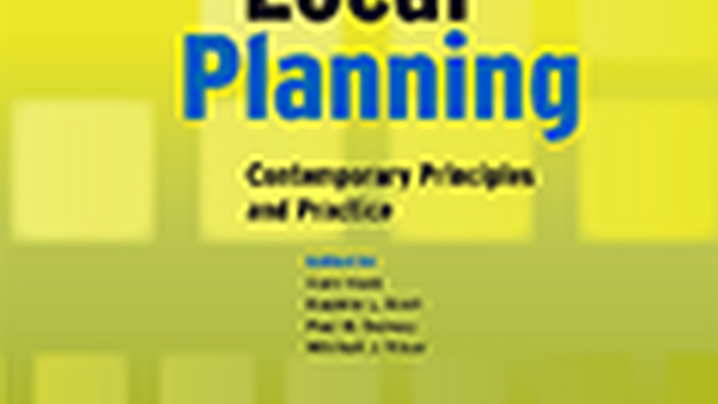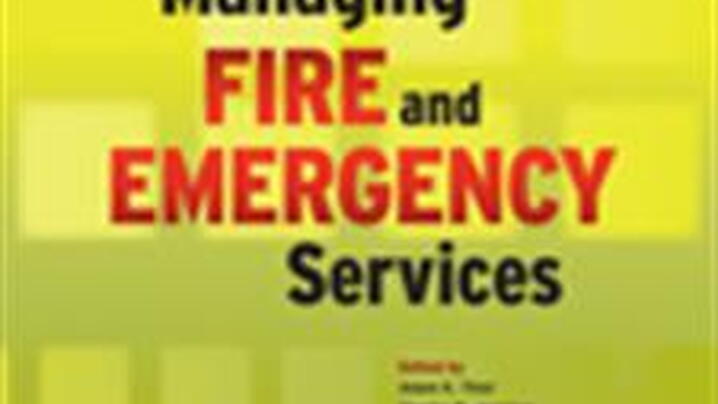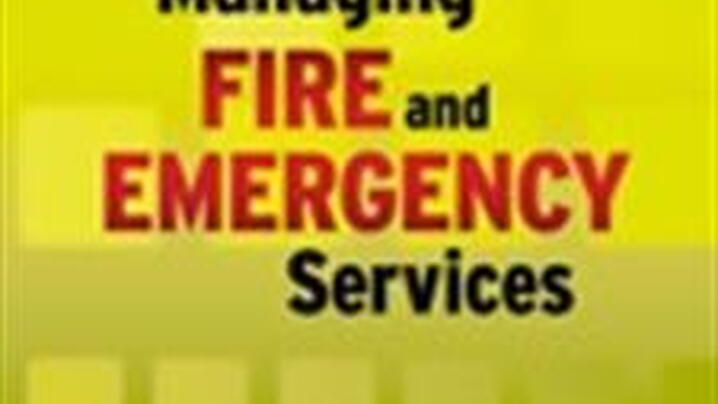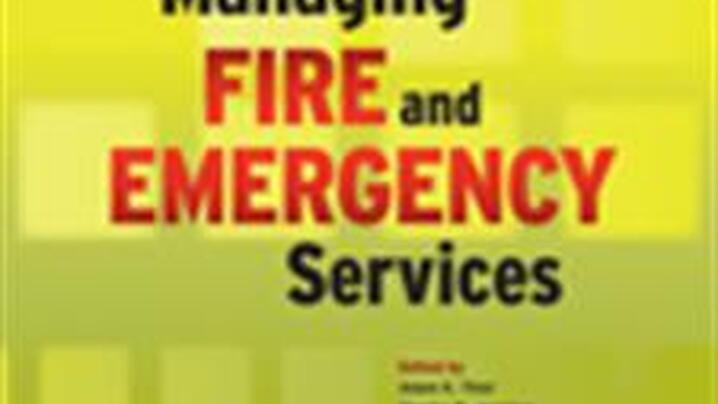This dataset covers form of government, initiatives for referenda and recall, selection and composition of elected officials.

Local Planning helps the reader understand the complexities of planning at the local level, and prepare to make decisions in a challenging environment.

Management Policies in Local Government Finance, Sixth Edition is the latest edition.

Managing Fire and Emergency Services is a textbook illustrating the challenges that fire and emergency managers face and outlining leading practice.

This self-study course can help fire and emergency services students in the fire and emergency services field.

The Managing Fire and Emergency Services Self-Study Course is your key to mastering the concepts outlined in the textbook Managing Fire and Emergency Services.
This edition provides an up-to-date framework for today’s human resource issues and best practices in local government.

